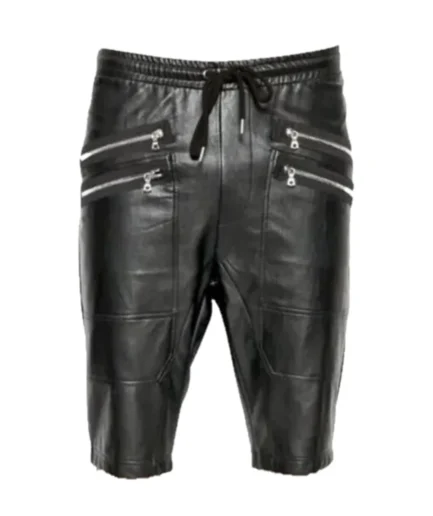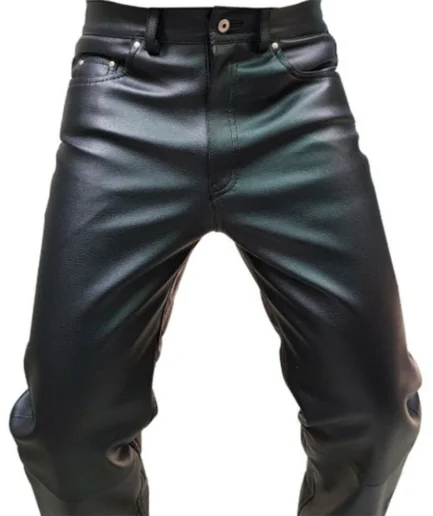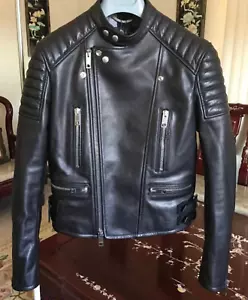Santa Claus, the jolly man with the white beard and red suit, is one of the most iconic figures in the world. He represents the spirit of giving and joy during the holiday season, and his costume has become just as recognizable as his sleigh and reindeer. But how did the modern-day velvet Santa costume come to be? The transformation of Santa’s attire is more than just a matter of fashion—it is a reflection of changing times, societal shifts, and evolving perceptions of luxury and warmth.
In this blog, we will explore the fascinating history of the Santa costume, from its early fur-based origins to the sumptuous velvet Santa costumes that are so popular today.
The Origins of the Santa Costume: A Look Back in Time
Santa’s attire didn’t always look as it does today. In fact, the image of Santa Claus as we know him today is a result of centuries of changes and influences. The earliest depictions of Santa Claus trace back to Saint Nicholas, a 4th-century bishop from Myra (modern-day Turkey), who was known for his generosity. Saint Nicholas typically wore the attire of a Christian bishop, which included a long robe, a mitre (a ceremonial hat), and a crosier (a staff).
However, the modern image of Santa Claus began to form during the 19th century, thanks in large part to the development of Christmas traditions in the United States. In the early 1800s, various artists and writers began to shape the character of Santa Claus, leading to the popular image we now associate with him.
In 1823, the poem “A Visit from St. Nicholas”, better known as The Night Before Christmas, helped solidify many of the traits we now associate with Santa, including his sleigh and reindeer. However, when it comes to Santa’s costume, it wasn’t until the 1860s that the modern red-and-white suit emerged.
Early Santa Suits: Furs and Woolen Fabrics
The first Santa Claus costumes were made from materials readily available at the time, such as wool, fur, and other heavy fabrics. During the late 19th and early 20th centuries, the standard Santa Claus costume was predominantly designed with fur trim, typically using materials like lamb’s wool or even real animal furs. These furs added a touch of warmth and luxury to the costume, reflecting Santa’s magical and generous nature.
Fur was a logical choice because it offered both protection against the cold and a sense of regality. In fact, many early depictions of Santa show him wearing a fur-lined coat, sometimes paired with a fur hat, as he braved the winter chill delivering gifts to children.
While these early Santa costumes were functional, they also reflected the fashion of the time, which favored rich, ornate, and opulent fabrics. This was especially true for those who could afford the finest furs. Wealthy families were likely to dress their Santa actors in high-quality animal furs, while the more common folk made do with simpler, woolen versions.
The 1930s: The Coca-Cola Santa and the Shift to Red Velvet
In the early 20th century, the rise of commercialism and advertising had a major impact on how the public viewed Santa Claus. One of the most influential moments in the history of the Santa costume came in 1931 when Coca-Cola launched an iconic advertising campaign featuring Santa Claus. This ad campaign, which featured Santa as a jolly, rotund man with a bright red suit and a white beard, played a pivotal role in cementing the image of Santa that we all know today.
While the red-and-white colors had been in use in some form for a while, the Coca-Cola advertisements made the velvet Santa costume mainstream. The plush red velvet material provided a soft, luxurious texture that perfectly matched the warmth and generosity that Santa Claus represented. The use of velvet was no accident—it gave the costume a rich, regal appearance while offering a warm, cozy feeling, which was ideal for holiday festivities.
This new, more refined version of Santa’s costume became the gold standard in popular culture, and its popularity skyrocketed in the years following the Coca-Cola campaign. The velvet Santa suit was seen as a way to bring Santa Claus to life in a more tangible, luxurious way, and this enduring image has stuck with us for nearly a century.
The 1950s to 1980s: Santa Becomes a Global Icon
Throughout the 1950s, 60s, and 70s, the popularity of the velvet Santa costume continued to grow, aided by the rise of TV, movies, and department store Santas. Velvet Santa suits became synonymous with the holiday season, often seen in Christmas advertisements, TV specials, and holiday parades. Retailers began to use Santa Claus as a central figure in their marketing strategies, dressing their hired Santas in plush velvet suits to create a memorable experience for shoppers.
The velvet Santa costume was no longer limited to just the wealthy or those performing in grand holiday plays. It became a symbol of holiday cheer for the average family, and families could now buy pre-made velvet suits for Santa at affordable prices. Velvet offered a versatile material for all kinds of Santa costume styles—whether it was the more formal, regal look or the jovial, accessible image.
The Velvet Santa Costume Today: A Symbol of Festivity and Comfort
In the 21st century, the velvet Santa costume remains as popular as ever. Its appeal lies not only in its rich, luxurious texture but also in its connection to holiday tradition. Velvet has become synonymous with the holiday season, evoking a sense of warmth, coziness, and elegance that is perfect for the winter months.
Modern velvet Santa suits come in a wide range of styles, from the classic full-body suit to smaller, child-sized versions, as well as suits for pets. The versatility of velvet allows for various adaptations of the Santa look, with modern touches like faux fur trims, embroidered details, and even sequins for added sparkle. Velvet Santa costumes are now available in a range of price points, so anyone can dress up as Santa for their holiday celebrations.
In addition to their festive appearance, velvet Santa costumes also have a practical side. Velvet fabric retains warmth, making it an ideal choice for cold winter weather, while still providing the softness and comfort that suit the holiday spirit. Whether you’re a department store Santa, a holiday parade participant, or just a family member dressed up to spread cheer, the velvet Santa costume is a favorite for many.
The Evolution of Santa’s Attire: What It Means Today
The transition from fur-lined coats to the modern velvet Santa costume speaks to the changing attitudes toward holiday celebrations and fashion over the years. Velvet, as a material, represents both comfort and luxury, perfectly embodying the generous and warm spirit of Santa Claus.
The velvet Santa costume today is a symbol of tradition, community, and festivity. As Christmas becomes more commercialized and globalized, Santa’s attire continues to reflect these changes. It is more than just a costume—it is an enduring symbol of joy, magic, and the spirit of giving that transcends borders and cultures.
Conclusion: A Legacy That Endures
The velvet Santa costume has come a long way since its early days. From its humble beginnings in fur and wool to the luxurious velvet fabric that defines it today, Santa’s costume has evolved alongside the changes in culture, technology, and fashion. What started as a simple way to represent a beloved holiday figure has turned into an iconic symbol of joy, generosity, and the holiday spirit.
Whether you’re attending a festive party, playing Santa for children, or simply embracing the magic of the holiday season, the velvet Santa costume will continue to reign as a timeless classic. Its rich history and evolution remind us that the holidays are a time to cherish traditions, create lasting memories, and, of course, embrace the magic of Santa Claus.











